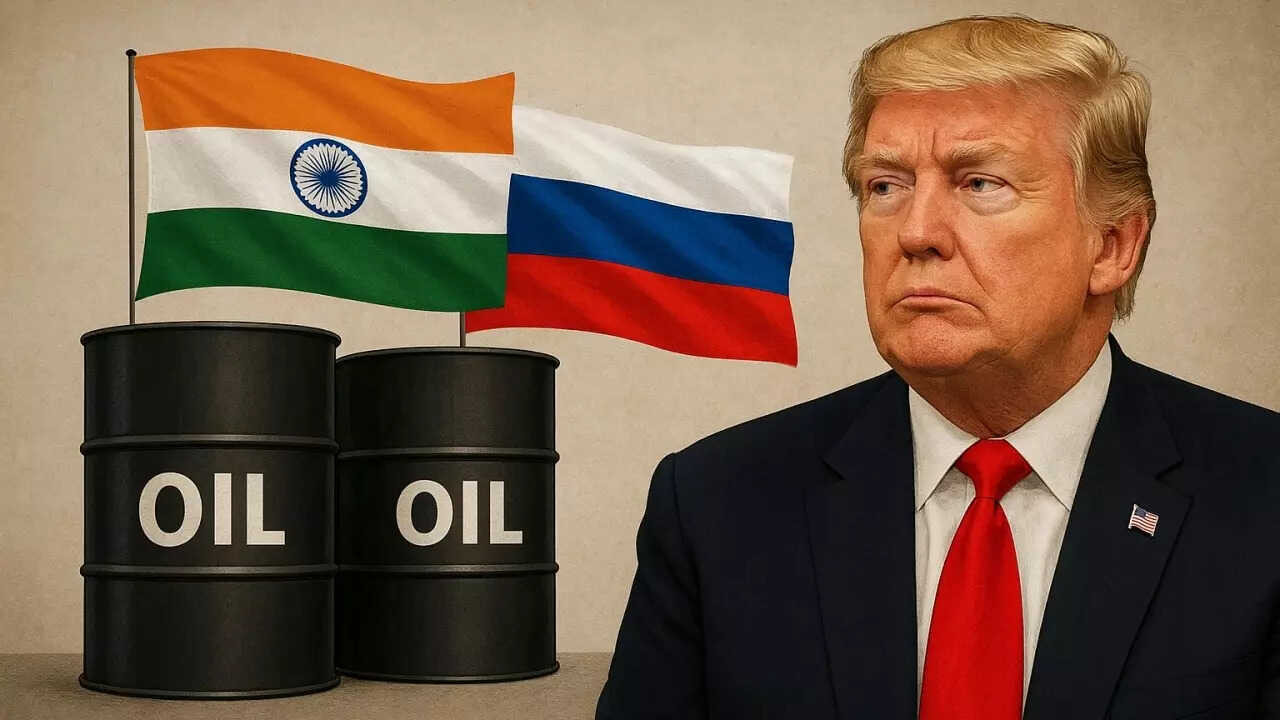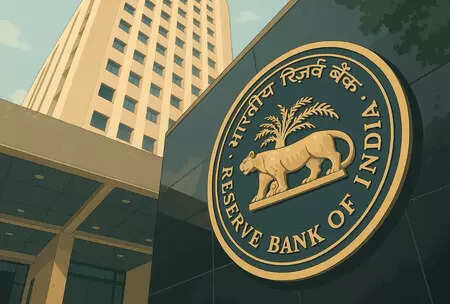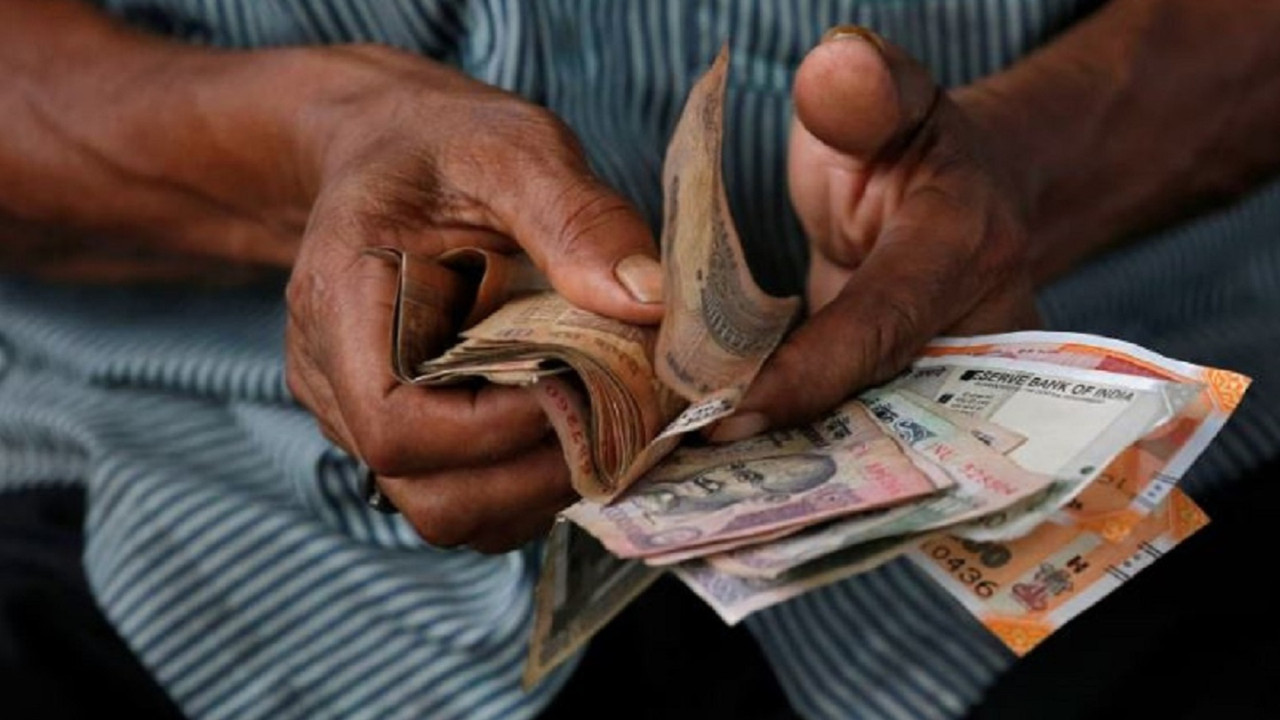The United States’ imposition of a 25% tariff on Indian goods, starting August 1, alongside penalties for Russian oil and military equipment purchases, threatens India’s economic growth. Key export sectors like pharmaceuticals, marine products, and textiles are expected to be significantly affected.
Navigating the Tariff Tightrope: Can India Sidestep a US Trade Squeeze?
The global trade landscape is always shifting, a complex dance of deals and disputes. Right now, all eyes are on the potential impact of proposed tariffs by a possible second Trump administration in the United States, and how they might ripple across economies like India’s. Could these policies throw a wrench into the gears of Indo-US commerce? And if so, how can India brace itself?
The Looming Shadow of US Tariffs
It’s no secret that trade relationships between countries can be delicate. They are woven with threads of mutual benefit, but also subject to political winds and policy shifts. The possibility of heightened tariffs on imports into the US is sending cautious signals through international markets, and India is paying close attention. A substantial hike in tariffs could have significant implications for India’s economic growth, potentially impacting key sectors that rely on exporting goods to the US.

The core concern revolves around the potential dampening effect on India’s exports. With higher tariffs in place, Indian goods become more expensive for American consumers, potentially reducing demand. This could lead to a decline in export volumes, directly impacting Indian businesses and, consequently, the nation’s Gross Domestic Product (GDP). Economists are busy crunching numbers and modeling scenarios to predict the likely extent of this impact.
Pharmaceutical and Automotive Sectors Under the Microscope
Certain industries are particularly vulnerable to tariff increases. The pharmaceutical sector, a significant contributor to India’s export basket, could face headwinds. Increased costs for Indian-manufactured drugs could make them less competitive in the US market, affecting the revenue streams of Indian pharmaceutical companies. Similarly, the automotive sector, which has seen growing exports of vehicles and components to the US, is also bracing for potential challenges. Higher tariffs could disrupt supply chains and make Indian-made cars less attractive to American buyers.
Think of it this way: imagine a small Indian pharmaceutical company that has worked tirelessly to break into the US market. A sudden tariff hike could wipe out their profit margins, making it almost impossible to compete with domestic manufacturers. Or picture an Indian auto parts supplier who suddenly finds their goods are 25% more expensive than their competitors. These scenarios paint a clear picture of the potential real-world consequences.
Beyond Tariffs: Exploring Alternative Avenues
While the prospect of tariffs is concerning, it’s important to remember that nations are not passive bystanders. India can take proactive steps to mitigate the potential damage. Diversifying export markets is one crucial strategy. By expanding trade relationships with other countries and regions, India can reduce its reliance on the US market. Investing in infrastructure to improve logistical efficiency and reduce transportation costs is another key aspect.
Negotiating favorable trade agreements with the US, advocating for fair and equitable trade practices, and focusing on innovation and quality to enhance the competitiveness of Indian products are all valuable strategies. For related reading, you can explore more about [India’s evolving trade policies](internal-link-to-relevant-article).
A Call for Collaboration and Strategic Foresight
The potential impact of US tariffs is a complex issue that requires careful analysis and strategic planning. While the path ahead may be uncertain, one thing is clear: proactive measures, diversification, and a focus on innovation are essential for India to navigate this challenging landscape. By adopting a collaborative approach and working closely with stakeholders, India can strengthen its economic resilience and continue to thrive in the global marketplace.







